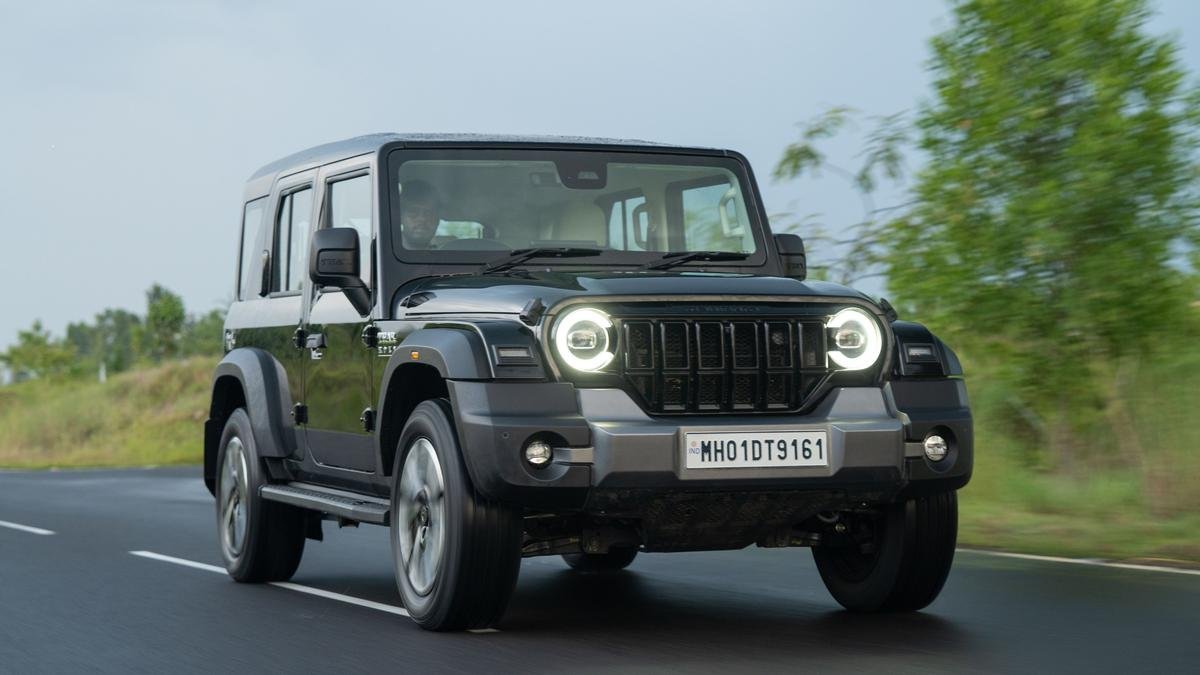The government’s decision to overhaul the Goods and Services Tax (GST) regime from 22 September 2025 is more than a technical exercise in taxation. For India’s auto industry, it is a reset button that will change showroom conversations, influence purchase decisions, and redefine festive season sales. As with any shake-up in policy, there are clear winners, some losers, and a few surprises along the way.
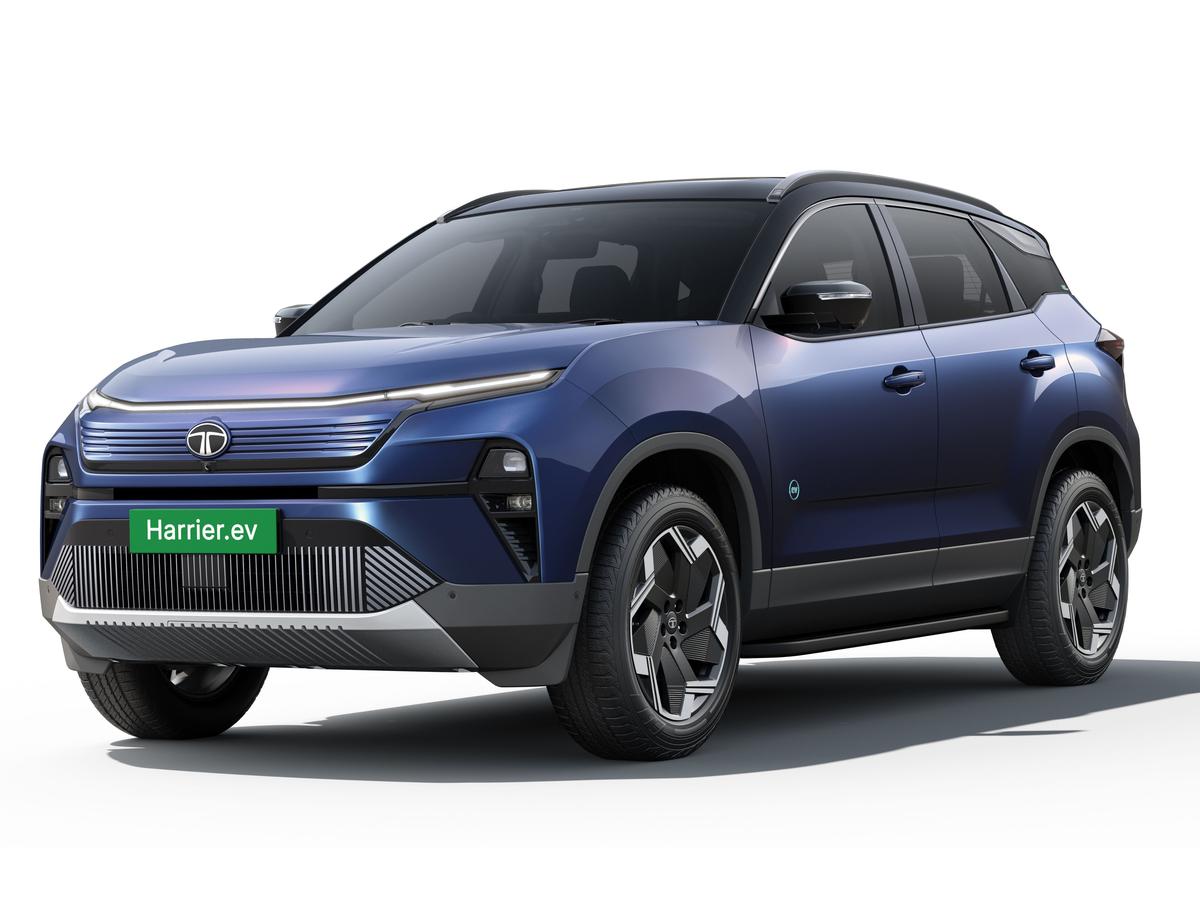
EVs continue to benefit from the 5% GST rate, reinforcing the push for cleaner mobility in India’s fast-growing electric vehicle market.
| Photo Credit:
Special Arrangement
At the heart of the change lies a bold rebalancing. Small cars and motorcycles up to 350cc will now attract 18% GST, a cut from the earlier 28%. This is a significant ten-point drop in a country where affordability defines demand, and where a marginal difference in on-road prices can make or break a buying decision.
A bold rebalancing
Larger vehicles, including big SUVs and premium sedans, have been pulled into a flat 40% slab, replacing the earlier 28% GST plus compensation cess that often pushed the overall tax incidence close to 50%. Motorcycles above 350cc, however, take a hit, moving from roughly 31% tax to a hefty 40%. Meanwhile, electric vehicles continue to enjoy their privileged 5% rate, a clear reminder that the government still views them as the future.
Compact SUVs get cheaper
Take the Renault Kiger, one of the most accessible compact SUVs on the market. Under the old structure, a model with a base price of about ₹7 lakh carried ₹1.96 lakh in GST at the 28% rate. Under the revised 18%, that tax drops to ₹1.26 lakh, saving the buyer around ₹70,000. For a young family making the leap from a hatchback, or a first-time SUV buyer weighing their options, that’s a saving with real psychological heft.
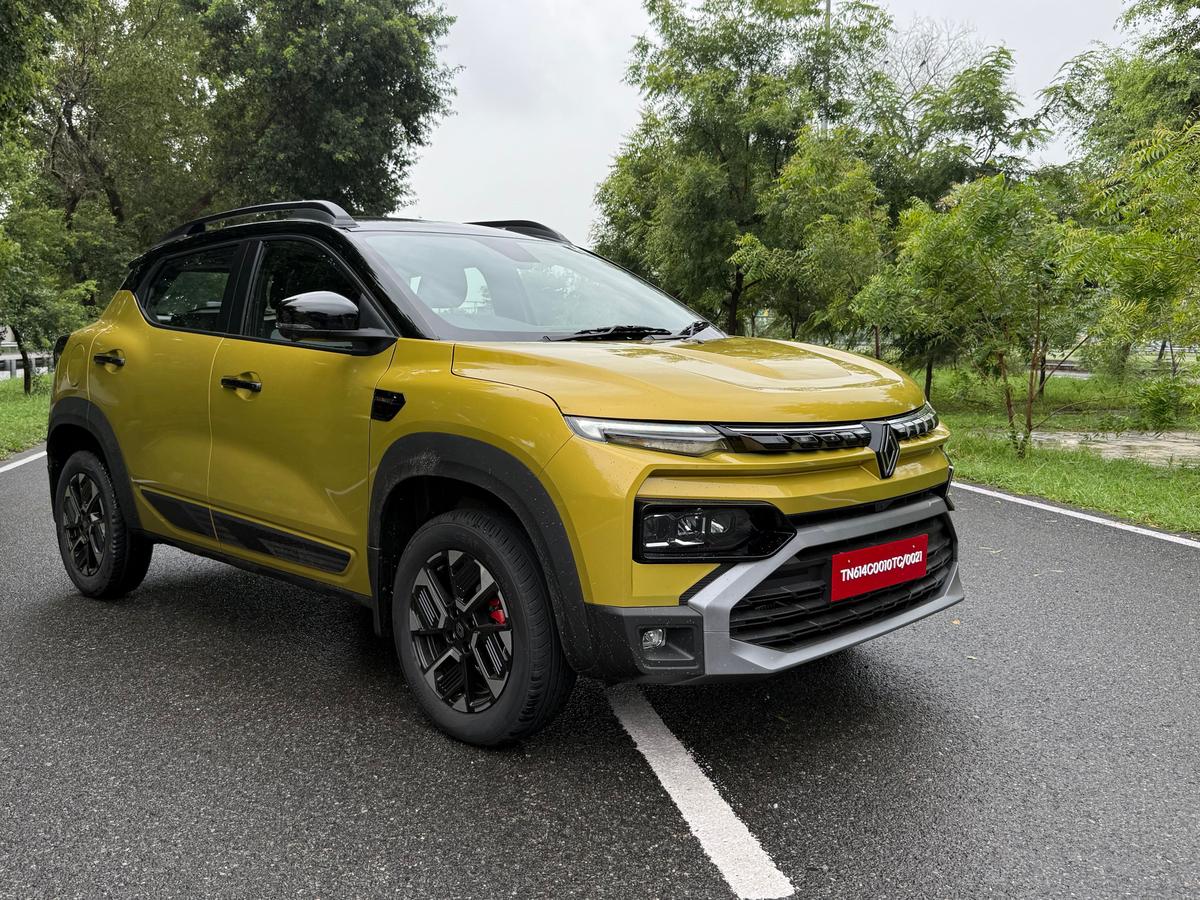
The compact SUV becomes nearly ₹70,000 cheaper under the revised 18% GST slab, boosting its appeal for first-time SUV buyers.
| Photo Credit:
Special Arrangement
The story is similar but amplified with the new Mahindra Thar Roxx, the latest addition to the brand’s lifestyle SUV portfolio. Priced at around ₹13 lakh before taxes, the Thar previously bore an effective tax load of nearly 48%. With the new flat 40% slab, the ex-showroom price comes down by roughly a lakh. For an SUV that already sells as much on its image as on its ability, the lower price tag strengthens its aspirational pull just as festive demand builds.
Two-wheelers: winners and losers
On the two-wheeler side, the policy makes a clear distinction between commuter-friendly models and aspirational machines. The Royal Enfield Bullet 350, a bike that has symbolised motorcycling for generations, falls in the sub-350cc bracket and thus directly benefits from the GST cut. A Bullet costing around ₹2 lakh now becomes about ₹20,000 cheaper, a saving that will resonate strongly in semi-urban and rural markets where the bike’s cult status is already entrenched.
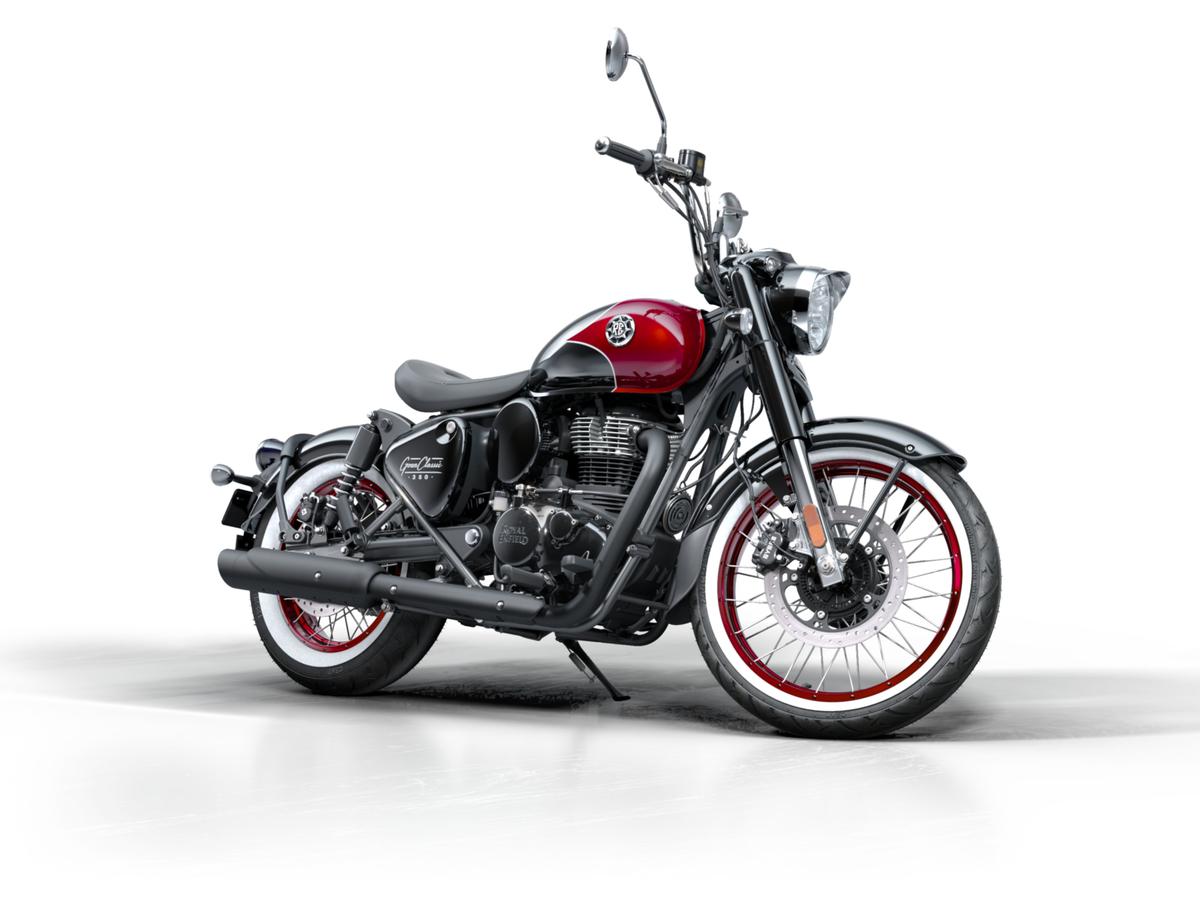
The iconic motorcycle gets ₹20,000 cheaper, a move expected to resonate strongly in semi-urban and rural markets.
| Photo Credit:
Special Arrangement
But the Bullet’s bigger siblings don’t share its good fortune. The Royal Enfield Interceptor 650 and other motorcycles above 350cc shift into the 40% slab, raising their effective prices by close to ₹30,000. This might not dissuade seasoned enthusiasts, but for younger buyers eyeing a first big bike, the increase could be the difference between upgrading now or holding off. Manufacturers and dealers will need to counter this with finance schemes, bundled accessories, or clever marketing to keep momentum alive.
Mass market momentum
The GST reset also has carries wider implications. Small cars and commuter bikes, the backbone of Indian mobility, are now significantly more affordable. Maruti Suzuki, Hyundai, Tata, Hero, Honda, and Bajaj are expected to seize this opportunity with aggressive campaigns, positioning themselves as brands that not only offer value but also pass on tax benefits to the customer. The luxury segment, while also benefitting from lower taxation, will see a different effect. Buyers at this level are less price-sensitive, but a few lakhs shaved off a premium SUV or sedan makes for an easier conversation at the dealership. Expect the likes of Mercedes-Benz, BMW, and Audi to reposition their entry-level models with sharper pricing.
For the auto industry as a whole, this policy arrives at the right time. The festive season has always been the heartbeat of annual sales, and the prospect of lower sticker prices across high-volume segments will inject much-needed energy into a market still balancing rising input costs and global uncertainties. Electric vehicles, meanwhile, continue to enjoy the lowest tax rate at 5%, reinforcing the long-term strategic push towards cleaner mobility, even if infrastructure and range limitations still act as handbrakes on widespread adoption.
Ultimately, this GST reset feels less like bureaucratic tinkering and more like a deliberate gearshift. By easing the tax burden where India buys the most, and maintaining a progressive structure on aspirational purchases, the government has delivered a policy that should spur demand without looking regressive. If manufacturers move swiftly to reflect the savings in their price lists, dealerships across the country could see a surge in bookings as Navratri and Diwali approach.
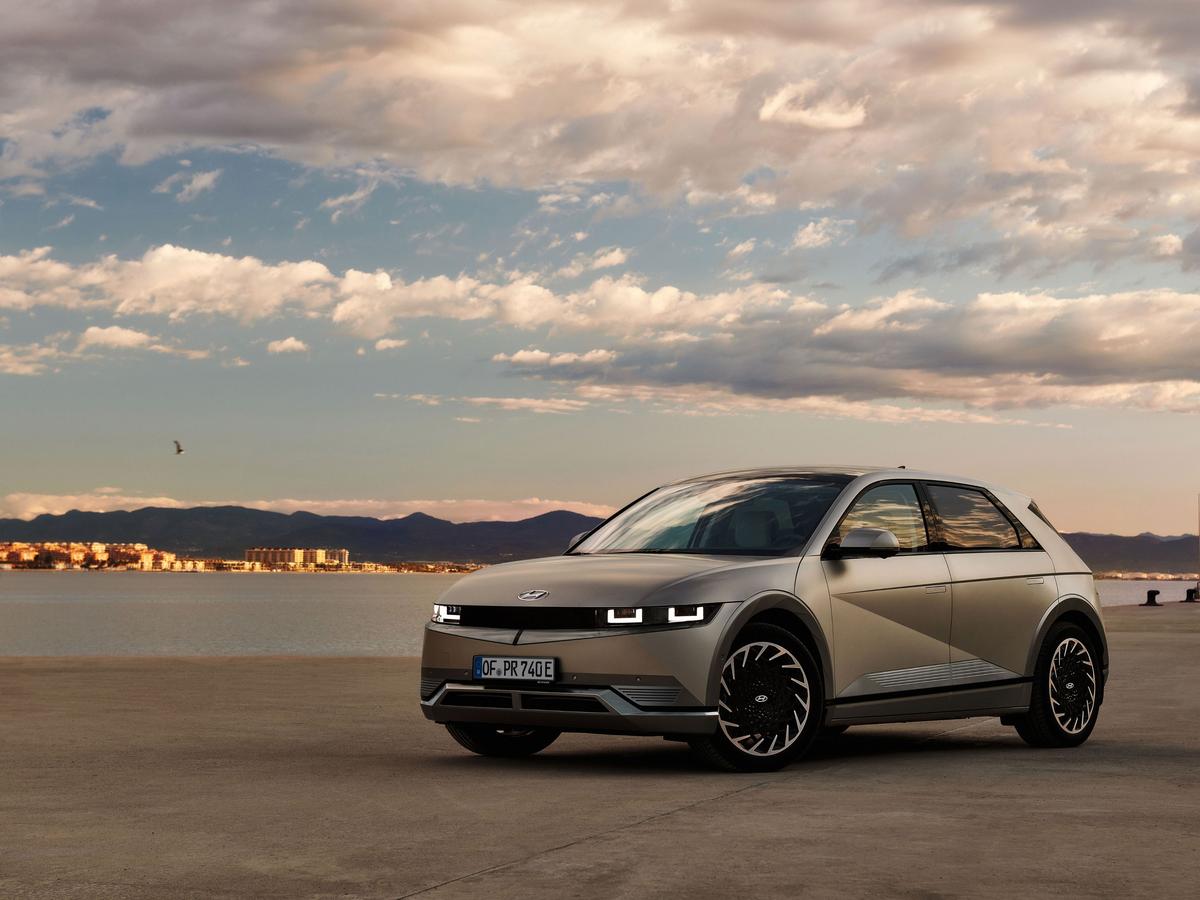
GST cuts make India’s most popular cars and bikes more affordable, driving momentum where it matters most.
| Photo Credit:
Special Arrangement
For once, tax policy aligns neatly with market sentiment. It’s as if the government has dropped the clutch at just the right moment, giving India’s auto sector the torque it needs to surge ahead into the festive quarter. On that note, hold off your car or motorcycle purchase till September 22 and wait for the revised rates to come into play along with festive season discounts and deals to get the maximum bang for your buck!
with inputs from Siddhartha Sharma
Motorscribes, in association with The Hindu, brings you the latest in cars and bikes. Follow them on Instagram on @motorscribes
Published – September 05, 2025 11:58 am IST
